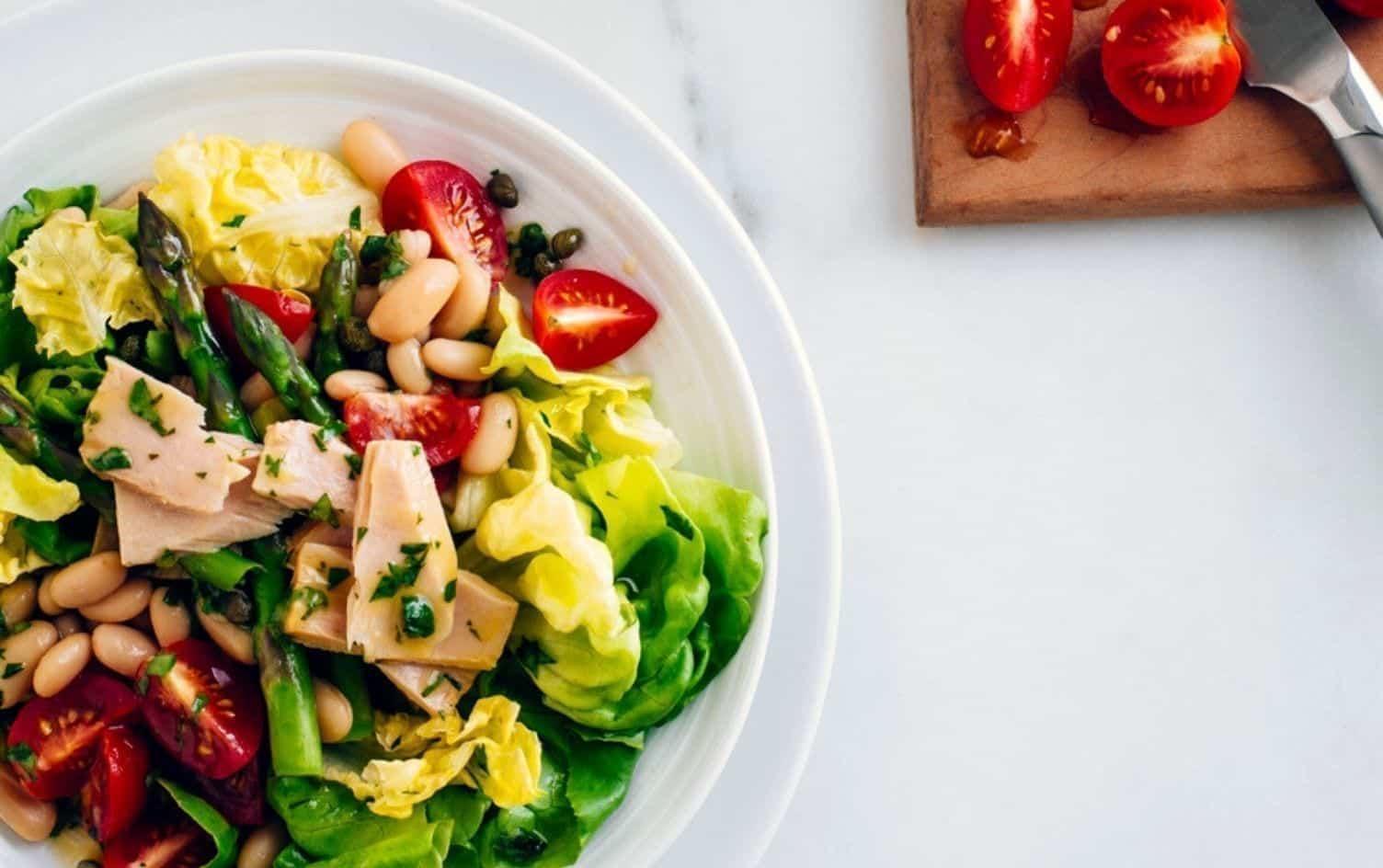Canned beans are a fantastic pantry staple, whether you’re a plant-based eater relying on them for protein or an omnivore using them as an inexpensive meat alternative. Now that we’ve been told to #stayathome and limit trips to the grocery store to flatten the curve of the new coronavirus, knowing how to shop for and cook shelf-stable foods like canned beans is even more important.
The good news is, every variety of bean is packed with nutrients that keep you satisfied and energized, namely protein, complex carbohydrates and fiber. If you love hummus, you can make it at home by blending canned chickpeas with tahini, olive oil and salt. If you’re a taco lover, you can make a meatless filling with black beans. If you’re looking for comfort food — and right now, who isn’t — white beans and kidney beans are great additions to healthy chilis, soups and stews.
That said, there are a few things to look for in canned beans:
A SHORT INGREDIENT LIST
Look for cans that only list “recognizable ingredients,” says Kylene Bogden, RD. “Water, salt and the name of the bean itself is the goal.” Most basic canned beans follow these guidelines, but flavored beans (like baked beans or refried beans) often have added sugar or saturated fat.
LESS THAN 200 MILLIGRAMS OF SODIUM PER SERVING
“Sodium is to be expected” in canned beans, Bogden says, but it’s important to track your daily intake since diets high in sodium can lead to health problems. “Aim for 200mg or less [of sodium] per serving,” she says. Look for cans that say “no salt added” or “low-sodium” and rinse your beans before eating them to lower the sodium content a bit more, recommends Bogden.
AT LEAST 3 GRAMS OF FIBER PER SERVING
Getting enough fiber in your diet is important for promoting digestive health and aiding weight loss. The recommended daily intake of fiber is 25 grams for women and 35 grams for men. Bogden recommends only choosing beans with at least 3 grams of fiber per serving, which is an easy task as long as you’re choosing plain canned beans. Canned chickpeas have about 5 grams per half-cup serving, canned black beans have about 6 grams per half-cup serving and canned kidney beans have about 8 grams per half-cup serving.
BPA-FREE CANS
BPA is shorthand for bisphenol A, a material that has been used in plastics and to coat the inside of metal cans for decades. There is some evidence BPA might seep into food, and ingesting it might cause future health problems. While it’s not something to be super anxious about, it’s best to choose plastic and metal food containers that are BPA-free. “Even better, certain companies such as Pacific Foods are selling food, including canned beans in mini cardboard boxes,” says Bogden.
Check out Healthy Pantry Recipes for easy-to-cook recipes using non-perishable foods with helpful substitutions.




